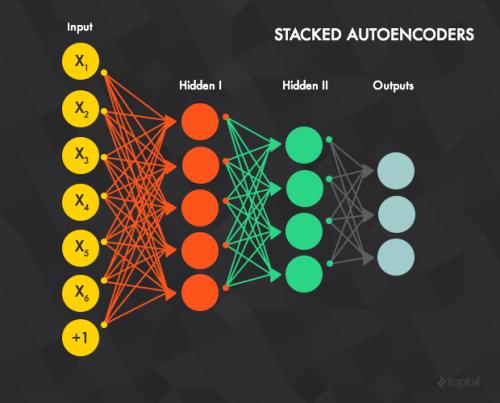Quantum neural networks represent a new machine learning paradigm that has recently attracted much attention due to its potential promise. Under certain conditions, these models approximate the distribution of their dataset with a truncated Fourier series. The trigonometric nature of this fit could result in angle-embedded quantum neural networks struggling to fit the non-harmonic features in a given dataset. Moreover, the interpretability of neural networks remains a challenge. In this work, we introduce a new, interpretable class of hybrid quantum neural networks that pass the inputs of the dataset in parallel to 1) a classical multi-layered perceptron and 2) a variational quantum circuit, and then the outputs of the two are linearly combined. We observe that the quantum neural network creates a smooth sinusoidal foundation base on the training set, and then the classical perceptrons fill the non-harmonic gaps in the landscape. We demonstrate this claim on two synthetic datasets sampled from periodic distributions with added protrusions as noise. The training results indicate that the parallel hybrid network architecture could improve the solution optimality on periodic datasets with additional noise.
翻译:量子神经网络代表了一种新的机器学习模式,最近由于它的潜在前景而引起了人们的极大关注。 在某些条件下, 这些模型以短短的Fleier系列来估计数据集的分布。 这种功能的三角测量性质可能导致角嵌入的量子神经网络在某一数据集中努力适应非和谐特征。 此外,神经网络的可解释性仍然是一个挑战。 在这项工作中,我们引入了一个新的可解释的混合量子神经网络类别,该类网络通过数据集的投入,与1) 一个经典的多层透镜和2个变异量电路相平行,然后两者的输出是线性结合的。 我们观察到,量子神经网络在训练成套材料上创造了一个光滑的脊髓基,然后是古典的透视器填补了地貌中非和谐差距。 我们展示了这一说法,即从定期分布中抽样的两套合成数据集,增加了振动。 培训结果表明,平行的混合网络结构可以改进定期数据集的解决方案,增加噪音。</s>





